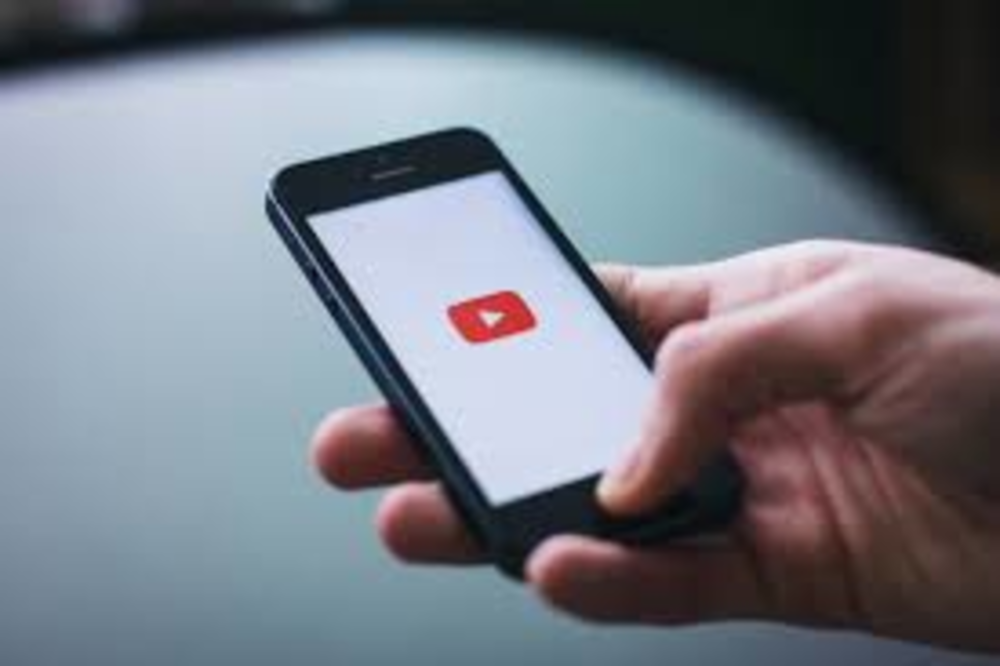Much has been made in the way of who won or lost the first 2016 Presidential Debate – Hillary Clinton or Donald Trump. The biggest loser though may have been YouTube.
The first U.S. presidential debate between Clinton and Trump was the most-watched debate in American history. An estimated 80.9 million Americans watched the debate, according to CNN. The figure includes the approximately 45 million who watched the 90-minute debate on the four main TV networks, as well as millions more who watched cable channels, CNN, MSNBC, Fox News and other smaller outlets, said CNN.
On YouTube, however, there were only 2 million live concurrent viewers and 3 million live watch hours across the six news organizations that streamed the debate on the service.
“Compared to 2012, last night’s debate had 14x larger live viewership, 5x higher watch time, and 4x more peak concurrent viewers,” said a company blog post.
While this was the largest political live-stream of all time and one of the biggest live streams in YouTube history, should YouTube really consider 3 million live viewers a success, when television received 88 million?
For all of the cord-cutting theorists, the comparison of the first presidential debate viewership numbers between YouTube and television reveals a different story.
The only difference between the YouTube and television viewing experience is the live comment section. However, many people are comfortable using Twitter on their mobile devices to follow and participate in the conversation while watching on TV.
It also doesn’t help that people tend to have a negative view on the quality and moderation of YouTube comments and there’s no way to control whose comments you see.
The greatest advantage a live-stream YouTube video provides is mobile accessibility. Yet for the first 2016 presidential election, major networks used embedded custom live-stream videos on their mobile sites and apps.
If YouTube intends on maintaining a growing viewership for live-stream events, the company must figure out a way to separate their presentation from television and other mobile news apps.
While viewerships numbers should be flaunted by the company for setting records, they also expose flaws when compared to television viewership of the first 2016 presidential debate.








